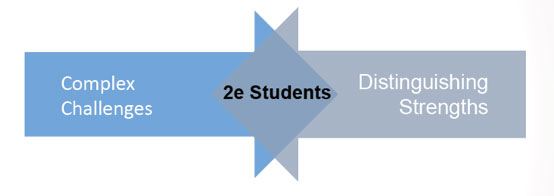|
2E
DEVELOPMENTAL ASYNCHRONY
DUAL-DIFFERENTIATION
EXCEPTIONAL
FAMILY CONTEXT
GIFTS
INTERESTS
LEARNING DIFFERENCES
RELATIVE STRENGTHS
SOCIAL AND EMOTIONAL PROFILE
STRENGTH-BASED
SYNESTHESIA
TALENTS
TALENT DEVELOPMENT
TALENT FOCUS
|
|
Bridges Academy: Educating the twice-exceptional
BRIDGES ACADEMY 3921 Laurel Canyon Blvd. Studio City, CA 91604 (818) 506-1091
© COPYRIGHT 2016-2024. ALL RIGHTS RESERVED.
Privacy Policy | Refund Policy
© COPYRIGHT 2016-2024. ALL RIGHTS RESERVED.
Privacy Policy | Refund Policy

